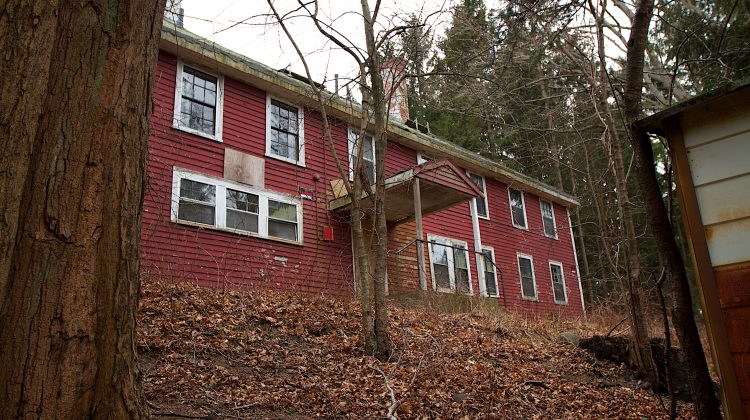LYNNFIELD — The Bancroft-Danforth home was demolished last Monday, putting an end to a long history, spanning back to 1744 — when Capt. Nathaniel Bancroft, a leader of a local militia in the Battle of Menotomy, built it.
More than 250 years later, the house found itself under the ownership of the town of Lynnfield in 2005, according to Lynnfield Historical Society President Ron Sarro. An attempt by the commission 15 years ago to save the building was unsuccessful, causing it to fall into neglect and disrepair.
“This is what they call ‘demolition by neglect’. It happens all the time. People who want it out of there will just not take the steps until it’s too far gone,” said Sarro. “Now in 2024, we all agree it’s too far gone, it’s all moldy and it’s all destroyed.”
During that 2009 effort to get the Bancroft-Danforth house the attention it needed, former Historical Society President Linda Gillon brought in restoration architects John V. Goff and Jerry Eide to review the property and determine its historic significance.
In their research, they tracked down the lineage of the property, starting with the elder Bancroft, who gifted the property to his daughter Hannah and her husband John Danforth. It stayed in the Danforth family until 1928, when it was sold to Moulton Cox.
Cox built a nine-hole golf course in the surrounding area and converted the building into a nursing home. While some changes were made, such as the front porch and an addition in the Colonial Revival style on the right side of the house, Cox maintained the Georgian, Federal, and Greek revival aspects of the building.
“It’s always good for these historic buildings to have a current function because someone will keep them up,” noted Sarro.
Stricter regulations for nursing homes forced Cox to abandon the Bancroft-Danforth house, where it stood in a dilapidated state until its demolition.
Still, Goff found that, “in its totality appears to be in quite good shape, and certainly repairable and reusable, as well as an irreplaceable historic resource.”
What made the site especially crucial was its status as the only remaining structure in the town with significant ties to the Revolutionary War, as stated in an unsuccessful form Massachusetts Historical Commission to get the building restored.
According to the form, Bancroft led the Lynn End Minutemen, who met the British army on the way to Lexington and Concord in what is now Arlington to fight one of the bloodiest battles seen in the country’s nascent history.
“A lot of them got killed in the fight. Danvers lost eight men, we lost Daniel Townsend,” said Sarro. “Daniel Townsend is kind of our town hero. His wife died six months later of a broken heart.”
That history, along with the unique architectural features spanning three centuries, are now dust and rubble. Sarro and other Lynnfield history buffs hope that other historic homes like the Hart House and the Henfield don’t meet the same fate.
One way to protect landmarks is the Community Preservation Act, which allows towns a small percentage of tax allocation to create a fund that would in part be used to preserve historic buildings. Any amount spent on these projects is then doubled by the state.
“People should’ve voted for the Community Preservation Act,” said Sarro. “We could double our money saving these houses.

